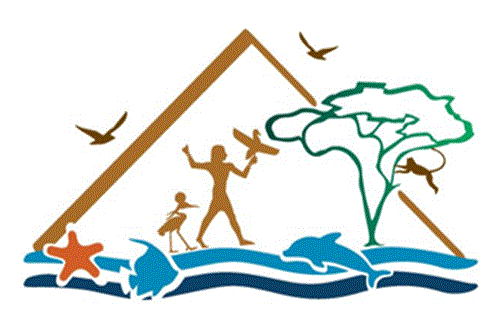Any information on management in the area of hunting is of interest, so it is recommended, if the applicant disposes of it, its referral in order to expedite the preparation of the corresponding opinion. In particular, the following information would be of particular interest:
1. Management plan of the hunting area (hunting block, concession, community reserve, etc. or the administratively recognized population management unit) or equivalent exploitation planning document.
This is a very useful document to verify if the population of the species from which the trophy comes is subject to sustainable use, based on adequate monitoring and planning. In this context, it is considered important that this plan or document is endorsed by the administrative or scientific authority of the exporting country. If there is no management plan, the harvest planning document should contain information on the population trend of the species.
2. Reports or documents proving that the management carried out in the hunting area of the trophy results in benefits for the conservation of the species.
In this context, it is considered very relevant to know if the hunting area has enough skilled rangers to keep poaching under control. In any case, the eventual mortalities of specimens for poaching should be taken into account in the management plan, among the factors to consider when establishing annual hunting quotas (adaptive management). It is also considered relevant and for this reason the existence in the hunting area or its near environment of proactive conservation actions for the species is taken into account; Such as actions to improve their habitat, reduction of threats due to conflicts with other land uses, population reinforcement, sanitary control, etc12.
3. Reports or supporting documents regarding the benefits of management in the trophy hunting area to the local population or the environment that coexists with wildlife.
In this context, it is considered relevant that the management of the trophy hunting area has a direct and positive impact on the local human population in the hunting area or its environment (for example: information on the percentage of hunting rates received by the local communities, existence of compensations or implementation of prevention techniques to mitigate the damages of game species to agriculture or livestock, infrastructure improvements, educational or health actions, etc).
12Chardonnet, P. & V. Booth. 2015. Guidelines for improving the administration of sustainable hunting in sub-Saharan Africa. FAO sub-Regional Office for Southern Africa.






